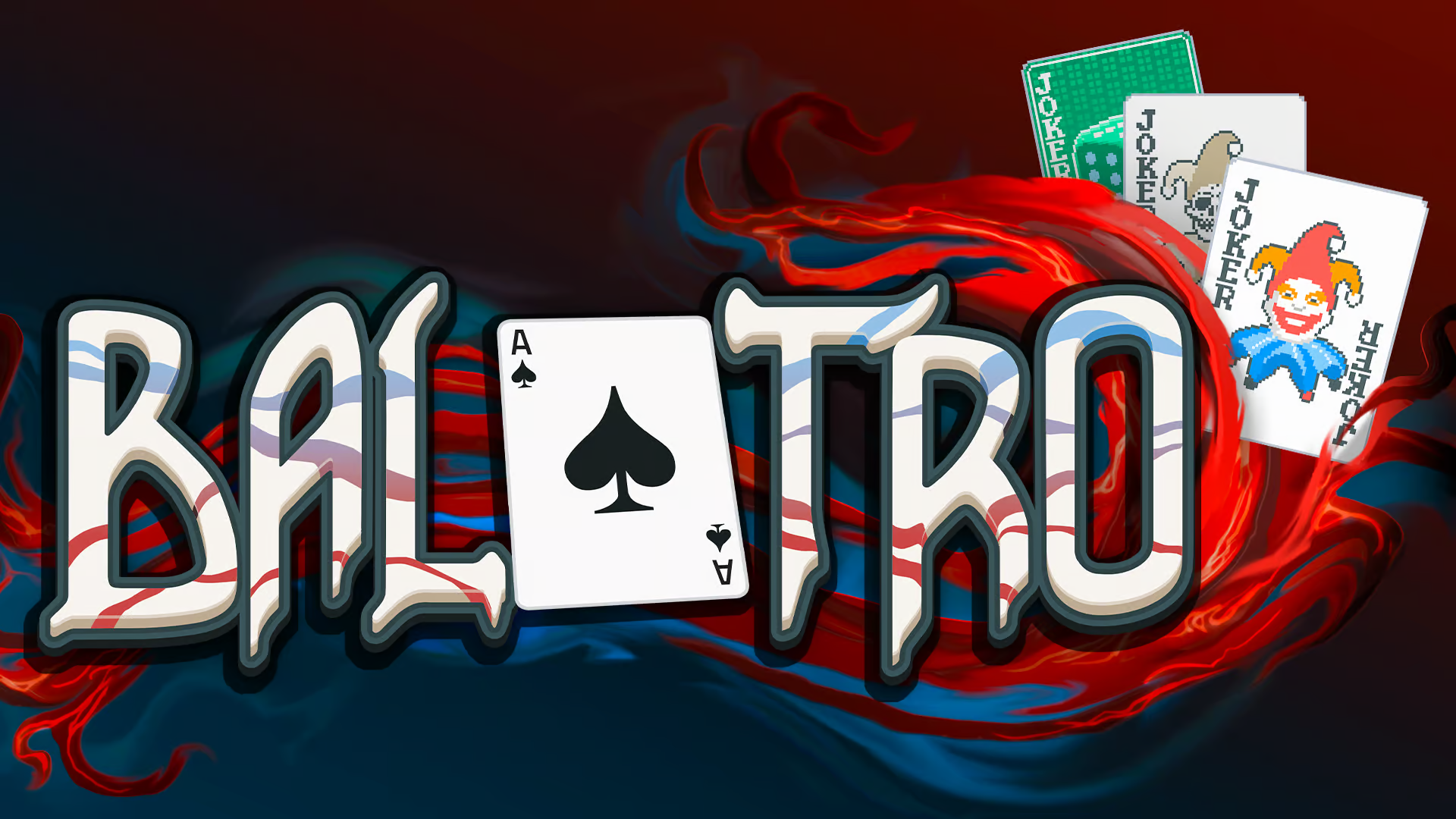YouTube Restricts Balatro Videos,Developer Fires Back: gambling Concerns Raised
Age restrictions spark debate over the popular deck-building game.
The indie hit game Balatro, celebrated for its innovative take on poker-style deck-building, is facing new challenges. YouTube has begun imposing age restrictions on videos featuring the game, triggering a sharp response from LocalThunk, the game’s sole developer. This action by YouTube is based on the platform’s policies regarding content that depicts or promotes gambling, raising questions about the threshold for such classifications and their impact on game developers.
This isn’t the first time Balatro’s content has been scrutinized. Earlier this year, in February, LocalThunk successfully appealed to the Pan European Game Information (PEGI) to lower Balatro’s age rating from 18 to 12. This prior victory underscores the ongoing debate surrounding the game’s suitability for younger audiences and the varying interpretations of its gameplay elements.
The situation highlights the complexities of applying broad content policies to nuanced gaming experiences, especially in the indie game space. As the gaming landscape evolves, platforms like YouTube face the challenge of striking a balance between protecting users and fostering a diverse content ecosystem.
Developer’s Response
LocalThunk took to social media to voice their frustration with YouTube’s decision:
Apparently Balatro videos are being rated 18+ on YouTube now for gambling
LocalThunk
The developer sarcastically questioned the logic behind protecting children from “knowing what a 4 of a kind is and letting them watch CS case opening videos rather.” This statement points to a broader discussion about the inconsistencies in content moderation and the perceived biases in how different types of games are treated on the platform. For example,the game Counter-Strike includes loot boxes.These loot boxes, often called “cases” in the game, are popular among players, but their mechanics share similarities with gambling by offering randomized virtual items; their accessibility to younger audiences has been a recurrent topic of controversy. The developer’s comparison highlights the nuances of defining and regulating “gambling-like” content within the gaming sphere, especially when elements of chance and reward are involved.
YouTube’s Stance
The restrictions appear to stem from a recent update to YouTube’s terms of service, which more stringently addresses “depictions or promotions of online casino sites of apps.” While Balatro doesn’t involve real-money transactions,its core gameplay loop of building card decks and earning chips to defeat opponents bears a resemblance to poker and other casino games. Although indirect, this connection seems to have triggered YouTube’s automated systems.
The following video posted by ‘Balatro University’ may have been impacted by the restrictions:
YouTube employs algorithms to scan content and apply age restrictions based on predefined criteria. It’s plausible that Balatro’s gameplay triggered these algorithms due to its visual similarities to poker. While these automated systems are designed to ensure compliance with content policies, they can sometimes lead to unintended consequences, such as the restriction of content that doesn’t explicitly promote gambling.
the Broader Implications
This situation underscores the challenges faced by indie developers in navigating the complex landscape of content regulation on major platforms. The potential for automated systems to misinterpret gameplay mechanics highlights the need for greater transparency and dialog between developers and platforms like YouTube. Moreover, the debate surrounding Balatro’s age rating prompts a broader discussion about how we define “gambling” in the context of video games, especially as games increasingly incorporate elements of chance and reward.
For U.S. audiences, this situation mirrors concerns about the regulation of loot boxes and other gambling-adjacent mechanics in games marketed to children. Several states have considered legislation to regulate or ban loot boxes, reflecting a growing awareness of the potential risks associated with these features.The Balatro case serves as a reminder of the ongoing need to balance creative freedom with responsible content moderation.
recent Developments
Since the initial age restrictions were applied, there haven’t been any official announcements from either YouTube or LocalThunk regarding a resolution. Though, discussions within the gaming community continue, with many expressing support for the developer and questioning the rationale behind YouTube’s decision. Some users have suggested that the controversy could inadvertently boost Balatro’s popularity, as the attention draws more players to the game.
The entertainment Software Association (ESA), a trade group representing the U.S. video game industry, has yet to release a statement regarding the Balatro situation. the ESA plays a crucial role in advocating for the industry’s interests and promoting responsible gaming practices, so their stance on this issue could have significant implications for how similar games are treated in the future.
| Aspect | Balatro | Traditional Gambling |
|---|---|---|
| Monetary Stakes | None (in-game chips only) | Real money |
| Regulation | Subject to platform policies | Strict government oversight |
| Target Audience | broader gaming community | Adults (typically) |
| Risk of Addiction | Possibly present, debated | high risk |
Practical Applications and Future Steps
For developers facing similar challenges, appealing to the platform with detailed explanations of gameplay mechanics and target audience is crucial.Highlighting the differences between the game and actual gambling can help clarify any misunderstandings. Additionally, engaging with the community and gathering support can amplify the developer’s voice and increase the pressure on platforms to reconsider their decisions.
LocalThunk may need to engage directly with YouTube’s content review team to provide clarification on Balatro’s gameplay and appeal the age restriction. Providing data on the game’s player demographics and highlighting the absence of real-money transactions could strengthen their case. Ultimately, a collaborative approach between developers and platforms is needed to create a more nuanced and fair content moderation system.








